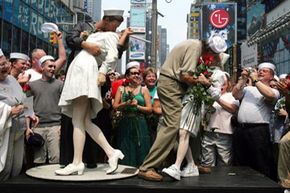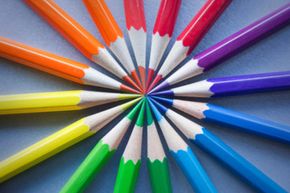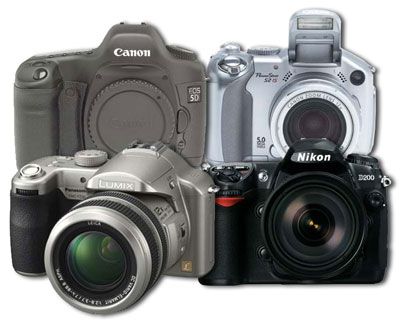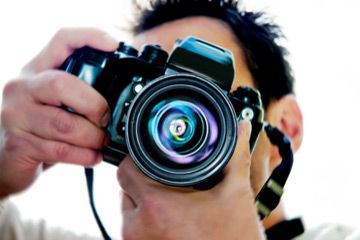One of the critical techniques for creating powerful, memorable photographic images is contrast. When you look at a famous photograph -- like Alfred Eisenstaedt's "V-J Day in Times Square" -- consider all of the visual elements that make it so striking. Composition is certainly essential, but you should consider all of the contrasting elements in the photo:
- The pure white of the nurse's uniform against the solid black of the sailor's
- The playful smiles of passersby against the intensity of the two kissers
- The soft "humanity" of the crowds milling through the streets against the cold geometry of the high-rise buildings
- The nurse's passive, almost fainting posture against the sailor's aggressive stance
- The comparative largeness of the couple against the "smaller" onlookers
When we talk about contrast in photography, it's usually in terms of dark versus light, low contrast versus high contrast. In black-and-white photography, the contrast between white, grey and black elements is called tonal contrast. In color photography, the differences between warm and cold colors (reds against blues, for example) is called color contrast.
Advertisement
But there are myriad ways in which the elements of a photograph can contrast with one another: hard, soft, bright, somber, loud, muted, big, small, centered and isolated [source: Freeman]. The way a photographer balances these elements and situates them dramatically can make the difference between a click of the "delete" button and a masterpiece.
In this article, we'll share a few tips and techniques for making the most of contrast in your photos, whether you're using an inexpensive point-and-shoot or a high-end digital SLR model. Let's start with some tips for taking stunning, high-contrast photographs.
Advertisement



